TMJ, Jaw Pain, Etobicoke

TMJ, Jaw Pain, Osteopathy Clinic Etobicoke
At Etobicoke Osteopathy Clinic, our experienced osteopathy practitioners specialize in treating TMJ-related issues through gentle and effective Osteopathic Treatment techniques. This therapy involves a range of manual manipulations targeted at the TMJ and surrounding muscles, aiming to alleviate pain and restore function.
Temporomandibular joint (TMJ) disease is a common cause of jaw discomfort. This condition affects the joints connecting your lower jaw and skull, leading to pain in the jaw or face. Pain in the head, neck, or ears may also result, and some individuals may notice a clicking or popping noise when opening their mouth.
Osteopathic treatment not only reduces discomfort but also helps to address the underlying causes of TMJ disorders, such as muscle tension, joint misalignment, or poor posture. By focusing on the interconnectedness of the musculoskeletal system, our practitioners aim to promote long-term relief and improved jaw mobility.
Patients with jaw discomfort, headaches, migraines, and associated neck pain often find significant relief through this holistic approach. TMJ disorders can also contribute to other issues, such as grinding teeth (bruxism), difficulty chewing, or stress-related muscle tension. Osteopathic therapy is tailored to each individual’s needs, ensuring comprehensive care for these related symptoms.
Etobicoke's Best Manual Osteopath Practitioners
Symptoms of TMJ Disorder
Some of the symptoms of tmj dysfunction are:
- TMJ muscle pain and stiffness
- Headaches – migraine and tension
- Earaches and pressure in the ears
- Tinnitus
- Pain on chewing
- Sinus congestion and airway issues
- Teeth grinding and clenching
- Pain in the neck
- A change in how your teeth fit together
- Clicking or locking
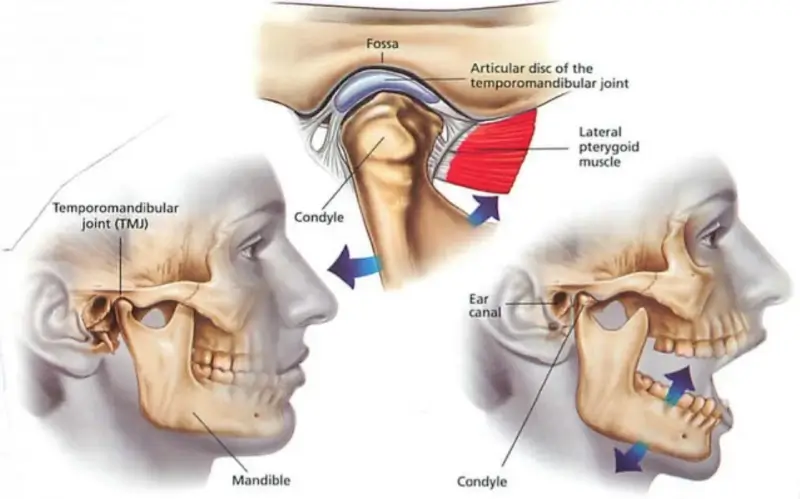
Trigeminal neuralgia TMJ Pain, the “Worst Kind of Pain,”
Face and head discomfort are caused by the trigeminal nerve, which is situated in the upper region of the neck between the first and third cervical vertebrae. The trigeminal nerve regulates the function of the jaw, lips, tongue, and eardrum, making it possible to chew food, open the mouth, and swallow. One branch provides blood and nutrients to the membranes that form the brain’s protective sheath (the dura mater).
The Reticular Alarm System in the subcortical grey matter of the brain receives a signal from the trigeminal nerve whenever a person experiences pain. Clenching your teeth is a natural reaction to stress that primes your body for either fight or flight by stimulating the reticular activating system. Not only can real pain set off this reaction, but so may the thought of future danger, anxiety, or agony.
Intense stress or unresolved trauma can lead to chronic jaw clenching, which in turn can exacerbate TMJ problems by overwhelming the sympathetic nervous system. In addition to providing relief from jaw pain, osteopathic techniques are also effective at preventing and treating headaches and migraines.
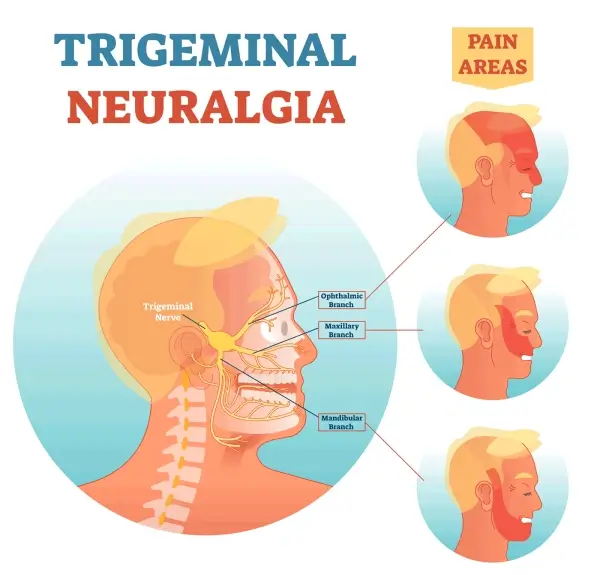
We examine the contours of your back and the way you stand. Having a hunched back is a sign of bad posture, which can lead to strain on the muscles at the front of the neck. Due to the disruption of the normal cervical curve, whiplash patients may experience elevated tension in the jaw, head, and neck. Posture and exercise recommendations may be made. Structural techniques are used to treat upper neck stiffness, joint restrictions, and stress in the spine’s soft tissues.
By releasing tension in the brain’s protective coverings (the dura), craniosacral treatment helps re-establish a normal cranial rhythm. Normal blood and cerebrospinal fluid circulation around the brain and spinal cord allows for information processing by the glia cells and waste product purification by the lymphatics. Reducing the overactivity of the trigeminal nerve and the reticular activating system, both of which can be brought on by stress, is a viable goal. Relaxing the visceral muscles may improve posture and pressure distribution.
Avoiding Headaches and Migraines
Jaw mobility and symmetry will also be evaluated. With the use of soft tissue operations, the trigeminal nerve can unwind when the jaw muscles and ligaments are stretched.
The jawbone and the bones of the palate can be adjusted with a cranial operation.
Frequently, jaw issues may be traced back to fascial tensions that can be mobilized with visceral therapies, namely in the digestive system and the esophagus.
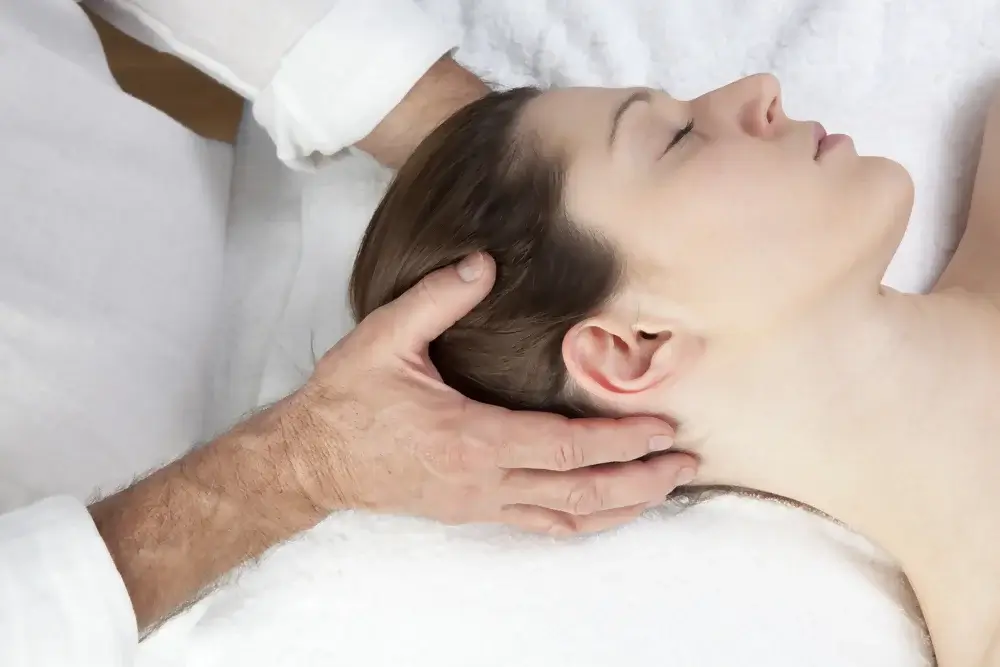
Orthodontics for bite correction
Certain patterns of cranial bone misalignment have been shown to correlate with overbites, underbites, and crossbites, as indicated by imaging. To avoid breathing difficulties, it’s best to always keep your neck in a neutral position.
Osteopathic treatment at “Etobicoke Naturopath Osteopath Clinic” is a great addition to orthodontics because it helps the bones that support the teeth shift more quickly. Instead, orthodontic treatment may be recommended for those whose TMJ misaligns often.
Etobicoke Naturopath Osteopath Clinic: Osteopathy Services
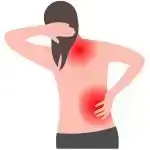
Osteopath Pain Management
Osteopath pain management is a field of medicine that uses manual therapies and other treatments to help people manage pain. Osteopathic pain management is often used to treat chronic pain, but can also be used to treat acute pain.
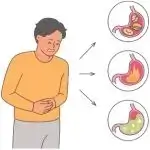
Osteopath Systemic Dysfunction and Problems
Osteopathic systemic dysfunction (OSD) is a term used to describe a state of body function that is characterized by a disruption in the normal balance of the musculoskeletal, cardiovascular, respiratory, and digestive systems.

Pregnancy
Osteopathy for Pregnancy is a form of treatment that focuses on the body’s structure and how it functions. Osteopaths believe that restrictions in movement or pain in one area of the body can cause problems in other parts of the body.
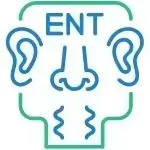
Ear, Nose and Throat Problems
Osteopathy is a form of manual medicine that uses specific techniques to diagnose and treat problems with the musculoskeletal system. Osteopaths believe that many health problems can be traced back to problems with the bones, muscles, and joints.

Pediatric Osteopathy (Babies and Children)
Pediatric Osteopathy is a form of holistic medicine that uses manual manipulation of the body to improve circulation and overall health. Osteopaths believe that this type of treatment can help with a wide range of issues, from ear infections to colic.
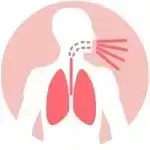
Respiratory Illness
Osteopathy is a form of manual medicine that uses the hands to diagnose and treat health problems. Osteopathy can be used to treat a wide variety of respiratory illnesses, including asthma, bronchitis, and pneumonia.
If you liked this content and found it to be informative, please rate it.

